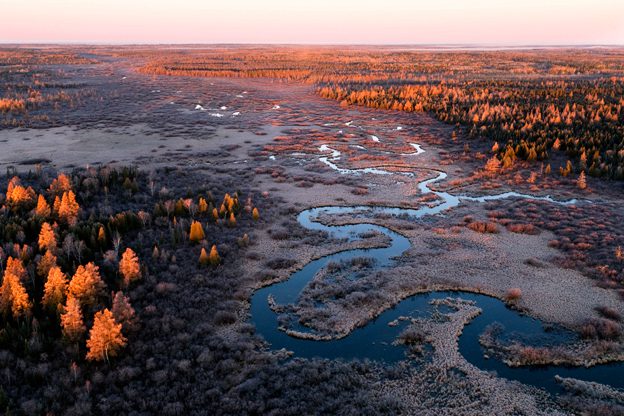

Environmental justice in sulfide mining
Update: The subject of environmental justice was also the subject of a Community Voices piece I wrote that was published in MinnPost.
I sent a letter to Governor Tim Walz today making several points about unanswered regulatory, environmental, and financial concerns that I have about PolyMet’s proposed pit mine. I will embed it here, but first there is an issue that I want to highlight.
At the conclusion of the letter, I said that environmental justice for the Ojibwe and the protection of their manoomin was just as important as the Boundary Waters. Here’s what I wrote:
There is an enormous environmental justice subtext to the PolyMet project. There are a lot of people trying to distinguish between PolyMet and Twin Metals projects, including Tom Landwehr, who signed the PolyMet permit to mine when he was the DNR Commissioner, but who now argues against a sulfide mine perhaps ten miles away from PolyMet’s proposed mine at Hoyt Lakes. Landwehr correctly identifies the ills associated with a sulfide mine, but his attempts to distinguish PolyMet and Twin Metals are entirely specious.
The supposed difference between PolyMet and Twin Metals is the Laurentian Divide. The two proposed projects are on opposite sides of the divide; PolyMet on the St. Louis River watershed side, flowing to Lake Superior, and Twin Metals on the Rainy River basin side, flowing through the BWCAW to Hudson’s Bay. The Laurentian Divide only describes what happens to the surface water, however.
The Laurentian Divide does not explain what happens to groundwater.
According to the Great Lakes Indian Fish and Wildlife Commission, in a 2015 report, groundwater pollution from a PolyMet mine operation would also flow north into the Boundary Waters. It is reported in the linked Timber Jay article that the DNR acknowledged that the GLIFWC could be right.
But to me, this is all beside the point. I find this divide-the-baby faux environmentalism to be distasteful. I submit that it is just as important to protect the waters of the St. Louis River watershed as it is the Rainy River Basin. I place the interests of outdoor enthusiasts who enjoy the Boundary Waters and the Ojibwe who revere and rely on their wild rice waters for the manoomin on an equal footing. I think it is racist not to do so. Perhaps the manoomin is even more important.
Copper mining kills wild rice.
Here is the embed of the entire letter:
Letter to Governor Walz Re… by Steve Timmer on Scribd
Thanks for your feedback. If we like what you have to say, it may appear in a future post of reader reactions.

